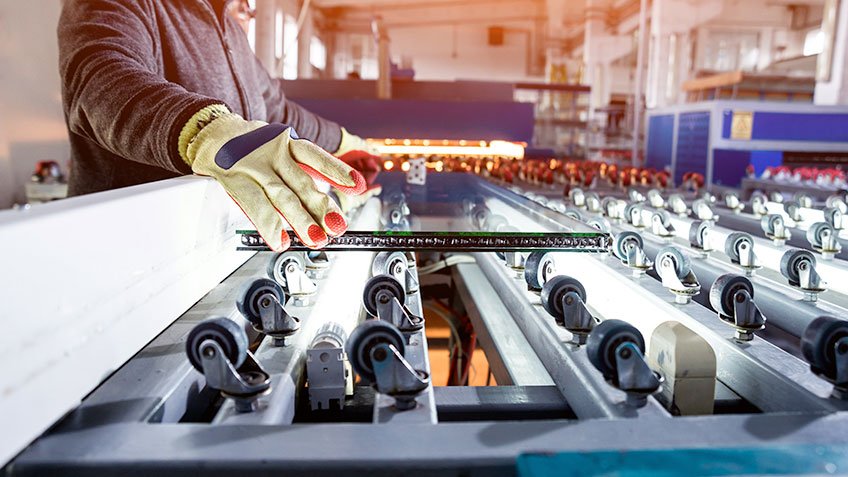A Solution by Stages
The glass manufacturer decided to get rid of the homegrown solution, and designed a manufacturing intelligence system that would be deployed over three years in two stages. The system would collect information across the process and discrete areas of production.
The system design heavily focused on manufacturing software solutions from Rockwell Automation. According to the company’s project lead and engineering manager, the decision came down to the support availability and the off-the-shelf nature of the offerings.
“Developing custom code would only put us back on the path to a homegrown solution,” the project lead said. “We selected a manufacturing intelligence solution from Rockwell Automation that would allow us to customize a standardized solution across lines, and provide us access to a Rockwell Automation field engineer for help on-site when needed.”
The first stage: data-collection and analytics requirements. The team deployed FactoryTalk® Metrics software from Rockwell Automation on more than 20 work cells per line. Engineers use the software to generate real-time data reports on OEE, production counts and yield counts. Coupled with FactoryTalk View HMI software, engineers can see this information via any plant HMI or via a web browser from their desktop, laptop or mobile device.
